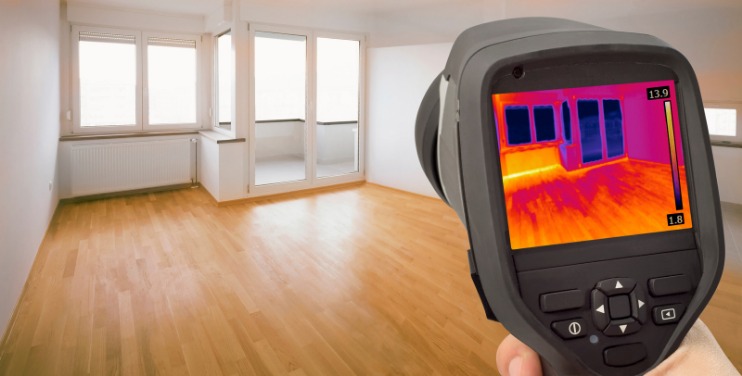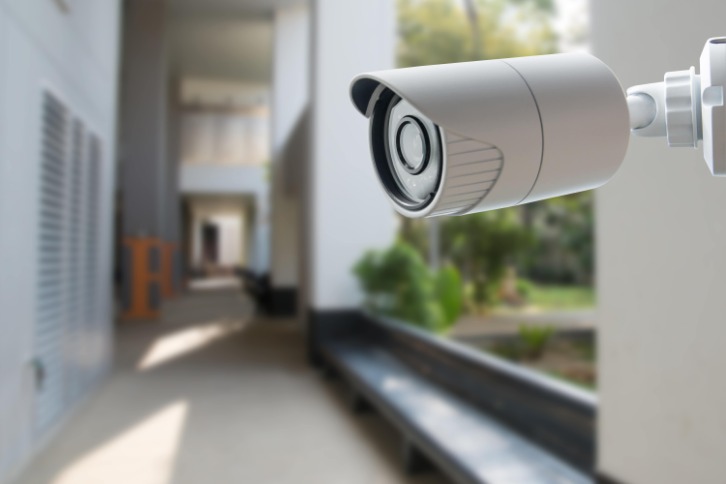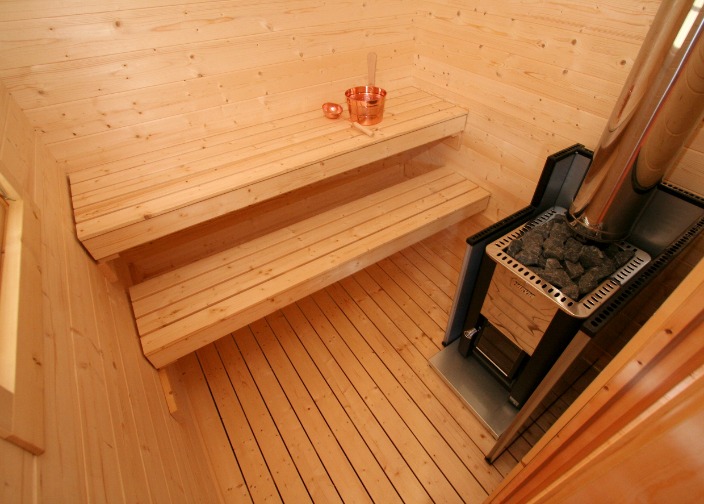The ability to see heat is no longer confined to the realms of science fiction. Thanks to advancements in technology, thermography cameras have made this futuristic capability accessible and practical for a wide range of applications. But what exactly is a thermography camera, and how can it be utilized effectively?
Understanding Thermography Cameras
Read more about flir thermography camera here.
A thermography camera captures infrared radiation to create an image based on temperature variations. This allows us to see temperature differences with incredible precision, which can be particularly useful in numerous fields.
Key Features
- Infrared Sensing: Detects heat emitted by objects.
- High Resolution: Provides detailed images for in-depth analysis.
- Temperature Measurement: Offers accurate temperature readings.
- Portability: Many models are lightweight and easy to carry.
Applications of Thermography Cameras
Thermography cameras are versatile tools used in various industries. Here are some of the most common applications:
Industrial Maintenance
In industrial settings, thermography cameras can detect overheating machinery or electrical systems, allowing for early intervention and maintenance.
Building Inspections
These cameras help in identifying areas of heat loss, moisture intrusion, and insulation problems, making them invaluable in constructing and maintaining energy-efficient buildings.
Healthcare
In medical fields, thermography is used to detect abnormalities such as inflamed areas or poor blood circulation, aiding in early diagnosis.
Security and Surveillance
These devices can detect human or animal presence in low light conditions, making them crucial for security and search-and-rescue operations.
Choosing the Right Thermography Camera
When selecting a thermography camera, consider the following factors:
- Resolution: Higher resolution offers more detailed images.
- Temperature Range: Ensure it suits your specific needs.
- Sensitivity: Higher sensitivity cameras detect smaller temperature differences.
- Durability: Opt for rugged designs for industrial settings.
FAQs
What is the primary advantage of using a thermography camera?
The main advantage is its ability to detect temperature variations, enabling proactive maintenance, energy audits, and medical diagnostics, among other applications.
Can thermography cameras see through walls?
No, they cannot see through walls. They detect surface temperature variations, which can sometimes indicate underlying issues.
Are these cameras difficult to operate?
Modern thermography cameras are generally user-friendly with intuitive interfaces, but some applications may require specific training.
How accurate are thermography cameras?
Accuracy can vary by model, but most high-quality cameras offer precise temperature readings within a small margin of error.
Conclusion
Thermography cameras are indispensable tools across multiple industries. Whether for industrial maintenance, building inspections, healthcare, or security, these advanced devices provide critical insights that can lead to safer environments and cost savings. As technology continues to evolve, the capabilities and applications of thermography cameras will likely expand even further.



